First race 1997 Most wins (driver) Hélio Castroneves (4) | Laps 248 Venue Texas Motor Speedway | |
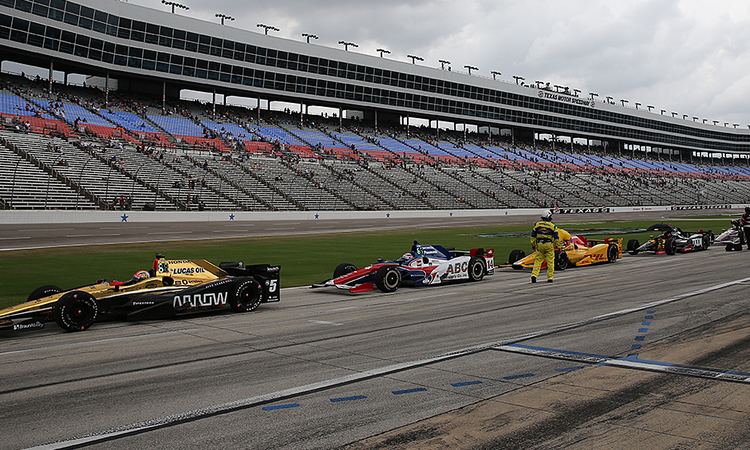 | ||
Corporate sponsor Rainguard Water Sealers Distance 598.676 km (372.000 mi) Previous names Spring Race
True Value 500 (1997–1998)
Longhorn 500 (1999)
Casino Magic 500 (2000–2001)
Boomtown 500 (2002)
Bombardier 500 (2003–2004)
Bombardier Learjet 500 (2005–2006)
Bombardier Learjet 550 (2007–2009)
Firestone 550 (2010, 2012–2013)
Firestone Twin 275s (2011)
Firestone 600 (2014–2016)
Rainguard Water Sealer 600 (2017–)
Fall Race
Lone Star 500 (1998)
Mall.com 500 (1999)
Excite 500 (2000)
Chevy 500 (2001–2004) Similar Texas Motor Speedway, Iowa Corn 300, Honda Indy Grand Prix of Alabama, Grand Prix of Long Beach, Iowa Speedway | ||
The Rainguard Water Sealers 600 is an IndyCar Series race held at Texas Motor Speedway near Fort Worth, Texas. The race is held on a Saturday night in early June. From 1997 until 2005, it served as the first race after the Indianapolis 500. It resumed this place in 2010 and in 2011. When it debuted in 1997, it was the first IndyCar race in the state of Texas since 1979.
Contents
- History
- Fall race
- Race length
- Twin races
- Champ Car race
- USAC Championship car history College Station
- Indycar Series history Fort Worth
- References
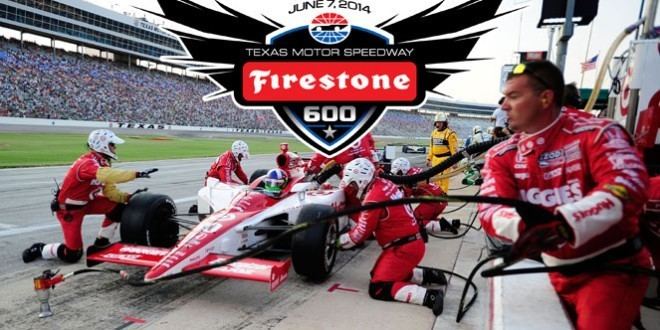
History

The first Championship/Indy car races in the Dallas/Fort Worth area took place at Arlington Downs Raceway in nearby Arlington, Texas. AAA sanctioned five races from 1947–1950. USAC sanctioned ten Championship car events at Texas World Speedway in College Station, Texas. The race was discontinued when the track closed in 1981.
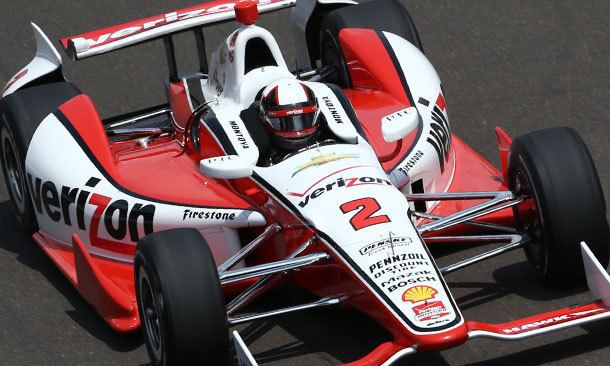
In 1997, the IndyCar Series debuted at the track on a Saturday night in early June. It marked the first-ever superspeedway night race for American open wheel racing. During the race, one of the electronic scoring wires malfunctioned in the pit area, which caused unexpected scoring errors. Billy Boat was scored as the leader, and took the checkered flag as the winner. Arie Luyendyk, who felt he had been robbed of the win, stormed victory lane, where he was lunged at by Boat's owner, A. J. Foyt. Quickly the fight broke up. The next morning, it was determined that Luyendyk actually was the official winner. Foyt refused to return the trophy, and the race has since become a famous part of Texas Motor Speedway lore. Luyendyk received a replacement, and the "official" trophy years later, presented to him by track president Eddie Gossage.
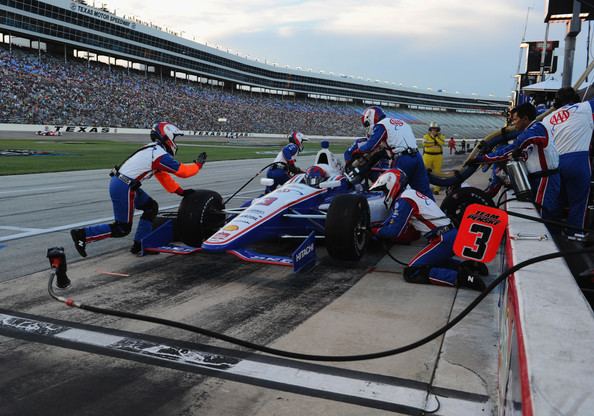
The IndyCar Series races at Texas have widely been regarded by media, fans, and competitors, as the best racing in the series. Side-by-side racing has produced some of the closest two-car and three-car finishes in series history.
Fall race
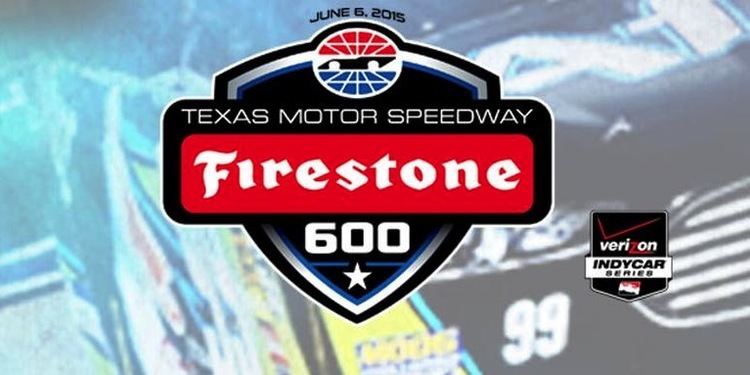
From 1998–2004, a second 500 km IndyCar Series race was held at the track in the fall. Known commonly as "Texas II," the race was always held during the day. It served as the IndyCar Series' season finale for each of its runnings. The fall race was discontinued after 2004 when the Ferko lawsuit forced NASCAR to eliminate the Grand Slam and give the circuit its desired second Nextel Cup race.
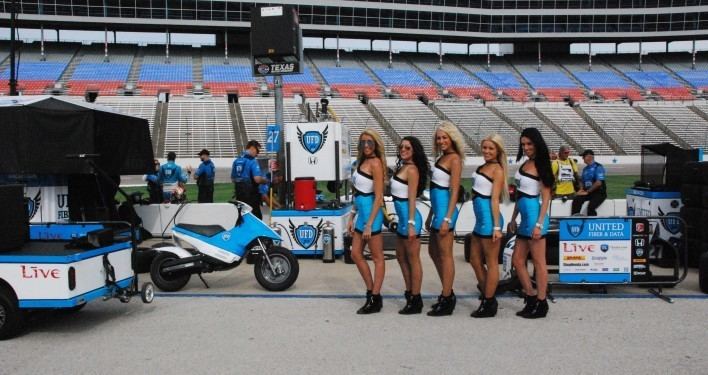
In 2003, Gil de Ferran was leading on lap 187 when Kenny Bräck crashed on the backstretch. The massive accident seriously injured Bräck, and he raced only limitedly afterwards. With the race winding down under caution, and with cleanup still ongoing, officials stopped the race after 195 laps when it was clear they would not have time to go back to green. de Ferran was declared the winner in what was his final race in IndyCar (he had announced his retirement during the season).
Race length
When the track opened, the one-lap distance was measured as 1.5 miles (2.4 km). IndyCar Series races were originally 208 laps (312 mi/500 km) long. In 2001, timing and scoring officials revised the measurement as 1.455 miles (2.342 km), and the races were changed to an even 200 laps (291 mi/468.319 km). In 2007, the race was lengthened to 228 laps in an effort to create a longer product for time value purposes. Using the traditional 1.5-mile (2.4 km) measurement, the race became 342 miles (550.4 km). However, official IndyCar timing and scoring maintained the 1.455-mile (2.342 km) measurement, and the race was officially 331.74 miles (533.88 km). In 2014, the race was extended to 600 kilometers.
In addition, the start time was moved to 9:00 p.m. CDT (10:00 p.m. EDT) so the event would take place almost entirely under the lights, rather than in the mid-summer twilight.
Twin races
For 2011, a special Twin race format was adopted, a throwback to the USAC-style twin races of the 1970s and early 1980s. The race would consist of two 275-km (114 laps) races, with each race declaring a separate winner, and each race awarding half points towards the season championship. The starting lineup for the first race was determined during standard time trials. After the completion of the first race, a "halftime" was observed, and the starting lineup for the second race was determined by a random draw.
A mild controversy resulted from the halftime draw for the second race's lineup. It differed from previous "twin" races where the finishing positions for the first race determined the lineup, or the finishing positions were inverted. It was considered unfair by some, and it was magnified when points contenders Will Power and Dario Franchitti drew 3rd and 28th starting positions, respectively. For 2012, the twin-race format was scrapped.
Champ Car race
The CART Champ Car series scheduled a race at the track for April 29, 2001. Following practice and qualifying, however, the race was cancelled "due to irresolvable concerns over the physical demands placed on the drivers at race speeds." All but four drivers reported they had experienced vertigo-like symptoms due to lateral g-forces from driving in excess of 230 mph (370 km/h) on the steep 24 degree banks.
The Dayton Indy Lights race was completed with two cautions.
USAC Championship car history (College Station)
See Texas World Speedway
